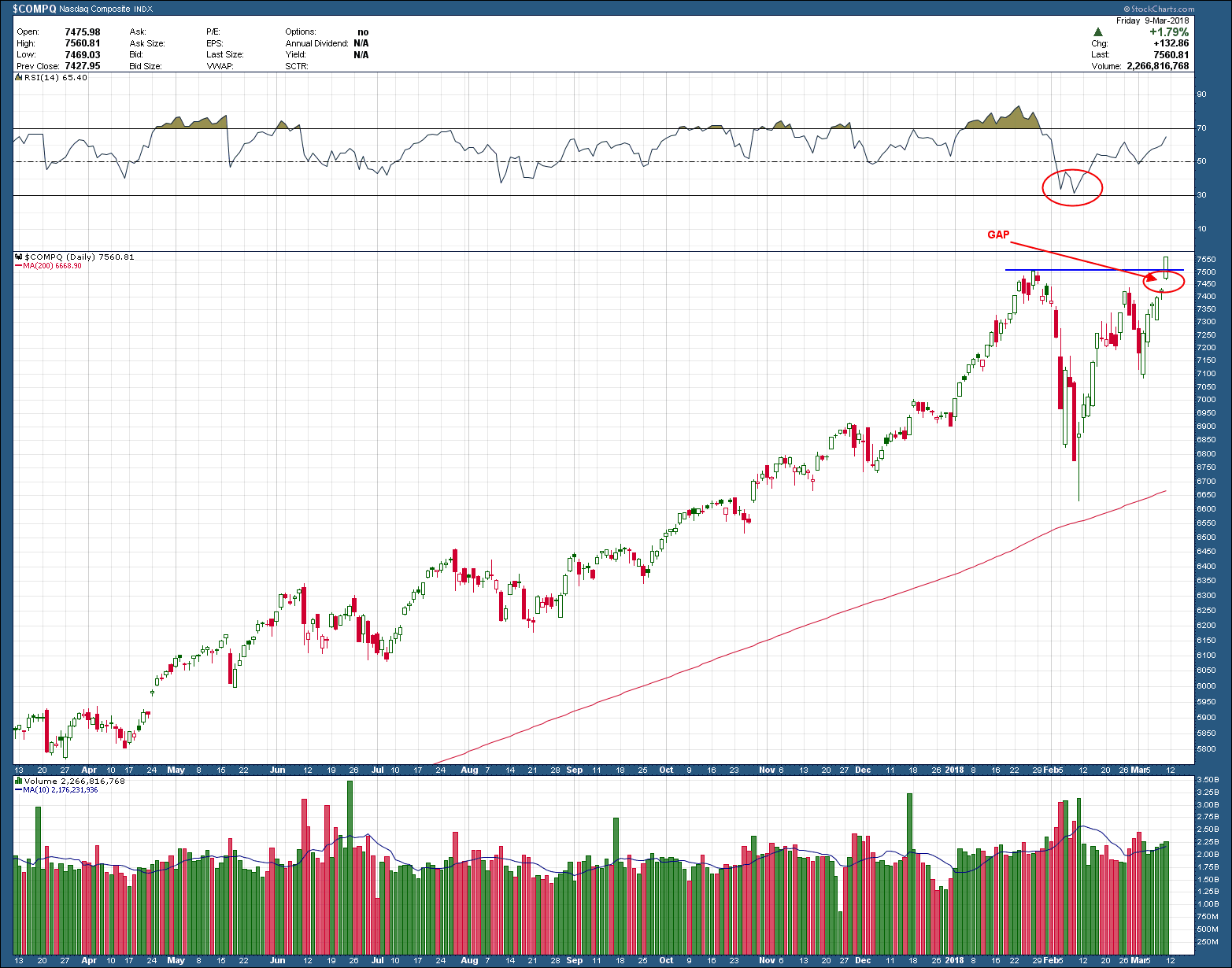Arguably, the most crowded trade in the US right now is that of being short bonds. As you would expect most of Wall Street pundits have latched on to the story, investing client’s money and are crowding one side of the boat. Everyone knows the FED has raised rates 5 times and has been vocal about continuing down that same path in the future. The great and powerful Oz has spoken. When you add to it the signs that inflation is raising its ugly head and strong job growth pushing unemployment to levels not seen since 2001 paint an ominously dark future for bonds. Or does it?
The funny thing is the market has a proclivity to do just the opposite of what the majority expects. It tends to inflict (financial) pain on as many people as possible whenever possible. What if the majority is wrong about bonds here? There is no doubt betting on rising bond prices (interest rates rising) would be going counter to the pack and inflict enormous pain. Armed with the knowledge of these markets habits it would not surprise me if we were see to bonds rally this year. Wearing my contra-investor’s hat it’s just a thought that came to mind. Some may say a stupid one. But, making money is sometimes about zigging when everyone else is zagging.
From Wiki
The weekly COT report details trader positions in most of the futures contract markets in the United States. Data for the report is required by the CFTC from traders in markets that have 20 or more traders holding positions large enough to meet the reporting level established by the CFTC for each of those markets.1
The report provides a breakdown of aggregate positions held by three different types of traders: “commercial traders,” “non-commercial traders” and “nonreportable.” “Commercial traders” are sometimes called “hedgers”, “non-commercial traders” are sometimes known as “large speculators,” and the “nonreportable” group is sometimes called “small speculators.”
As one would expect, the largest positions are held by commercial traders that actually provide a commodity or instrument to the market or have bought a contract to take delivery of it. Thus, as a general rule, more than half the open interest in most of these markets is held by commercial traders. There is also participation in these markets by speculators that are not able to deliver on the contract or that have no need for the underlying commodity or instrument. They are buying or selling only to speculate that they will exit their position at a profit, and plan to close their long or short position before the contract becomes due. In most of these markets the majority of the open interest in these "speculator" positions are held by traders whose positions are large enough to meet reporting requirements.
A source of information I like to check in with when I have these crazy ideas is the COT (commitment of traders) data. Scouring the data over the years I have found find it creates a very telling message when 1) seeing how the “smart money” (commercial traders) is positioned and 2) if they are positioned at extreme levels. Everything else in the data is pretty much non-actionable.
Below is 20-years of COT data for the US 10 year Treasury note … the same one that is in an intermediate term downtrend, creating lower highs and lower lows (upper pane). In the lower pane is the number of contracts held by each of the 3 COT trader categories (commercial, large and small). The red line is that of the commercial (smart money) specialists, the one of most interest to me. As you can see they currently hold the largest number of US 10-year Treasury contracts (long) than any time in the past 20 years. The message they are sending is loud and clear … “The smart money is betting BIG that Treasury bonds will rise”
While the “commercials” are considered the smart money, they are not infallible. It doesn’t happen often but they too make bad trades so follow at your own risk. What I have learned from them (the hard way) is it’s best not be on the other side of the boat, especially when they are positioned at extreme levels. You don’t have to necessarily join them, just don’t fight ‘em.




